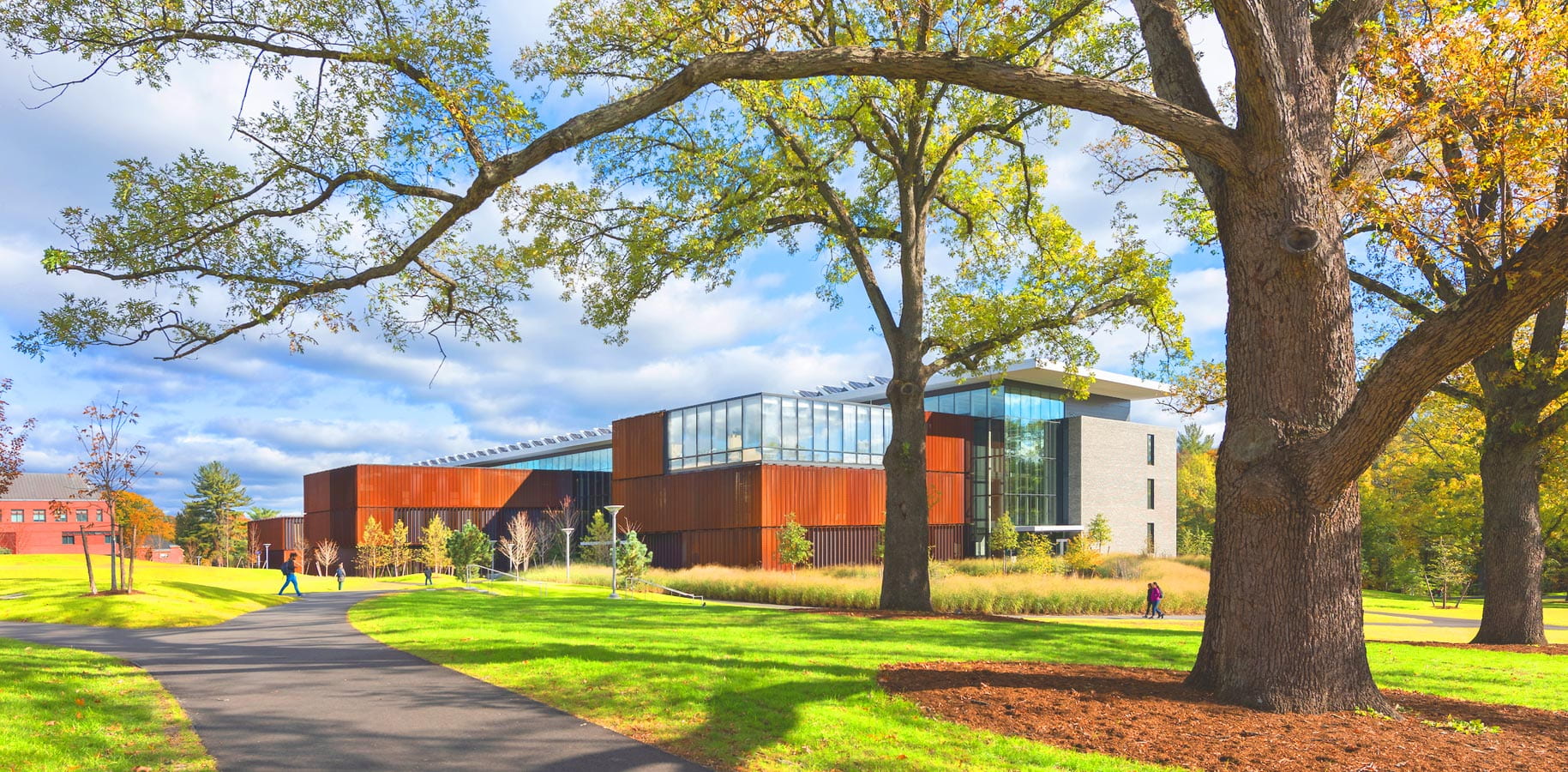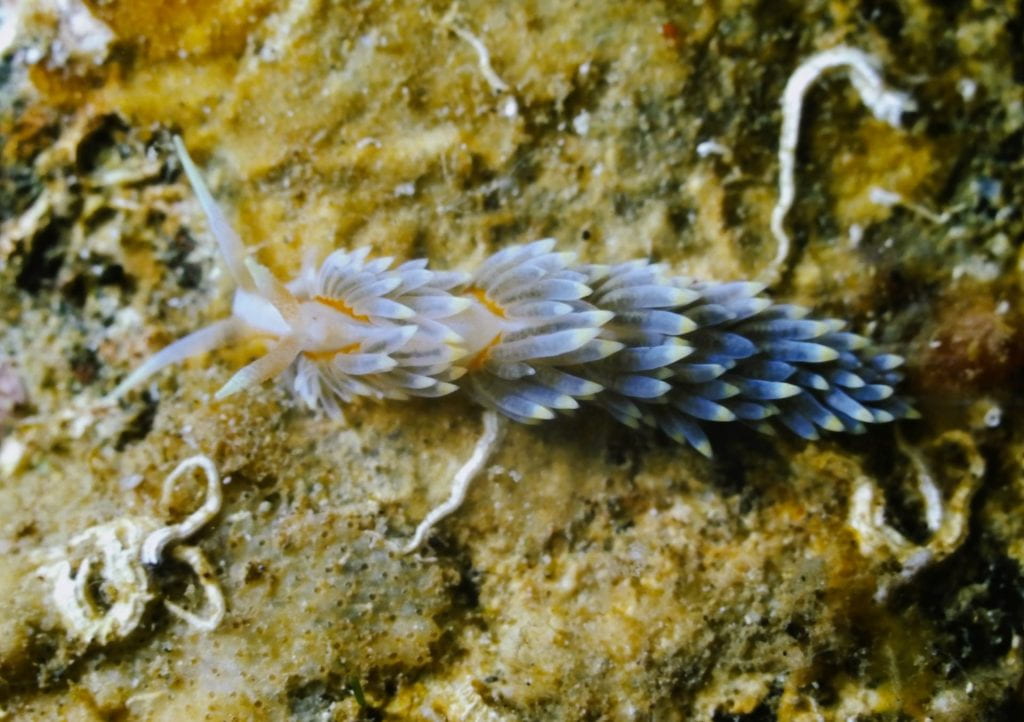It’s the first Friday afternoon of the fall semester at Amherst College, and the Science Center lobby is buzzing with activity. Students and faculty alike are meandering on multiple floors of the Science Center between over 140 colorful posters, driven by a thirst for learning that links the curious minds on campus. The presenters are…
Big Ideas, Poster-Sized: Inside the 2025 STEM Summer Research Poster Session










